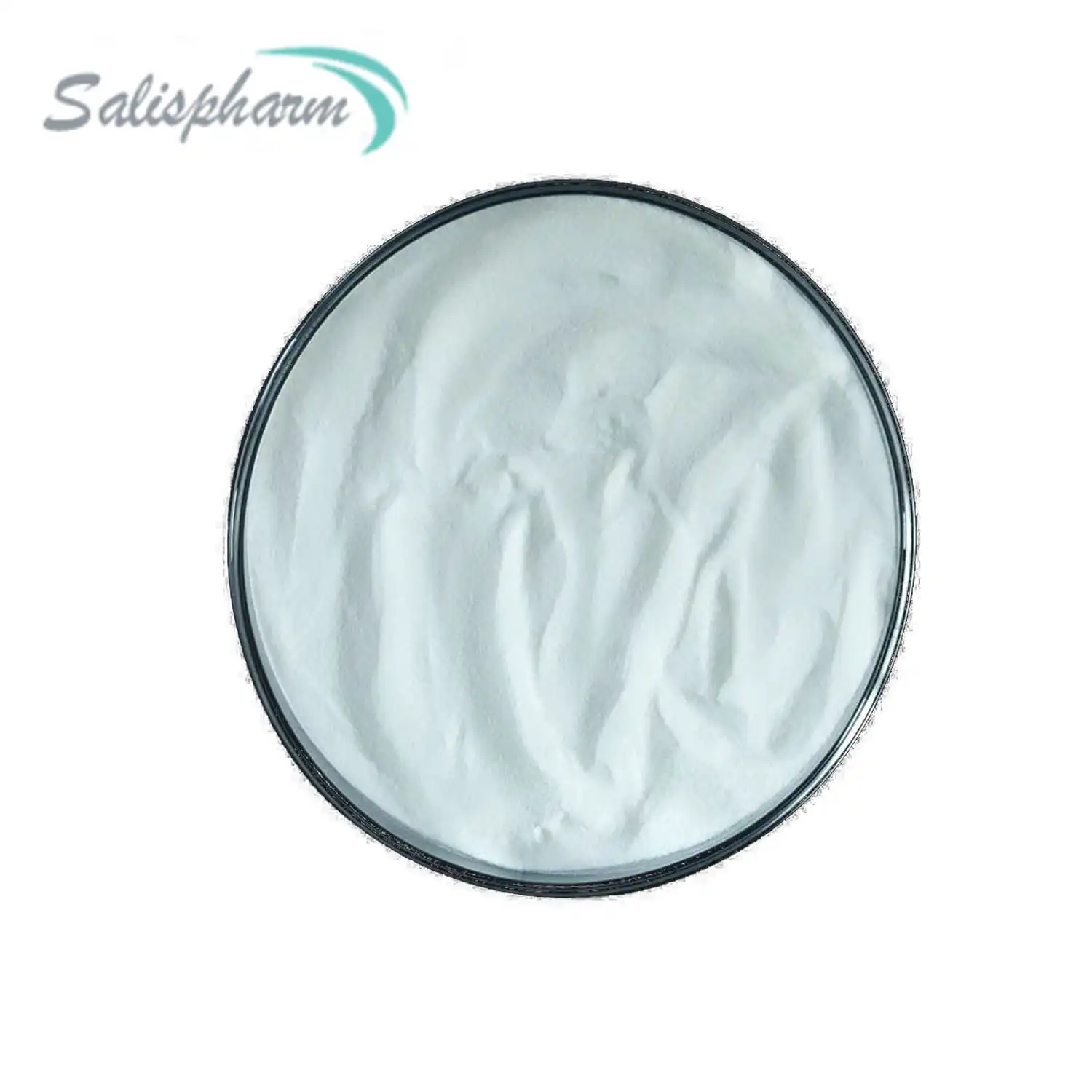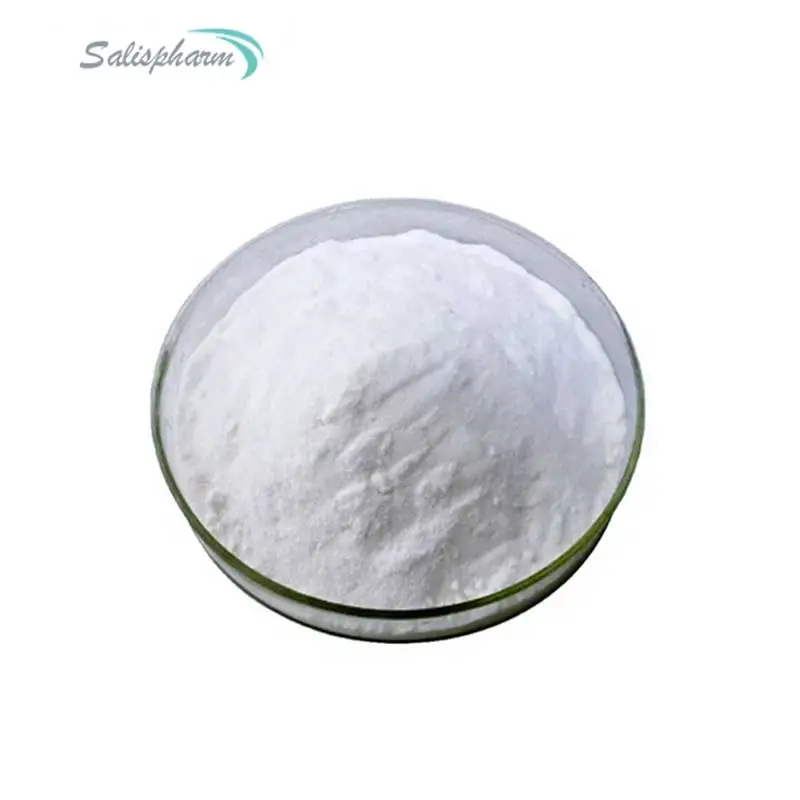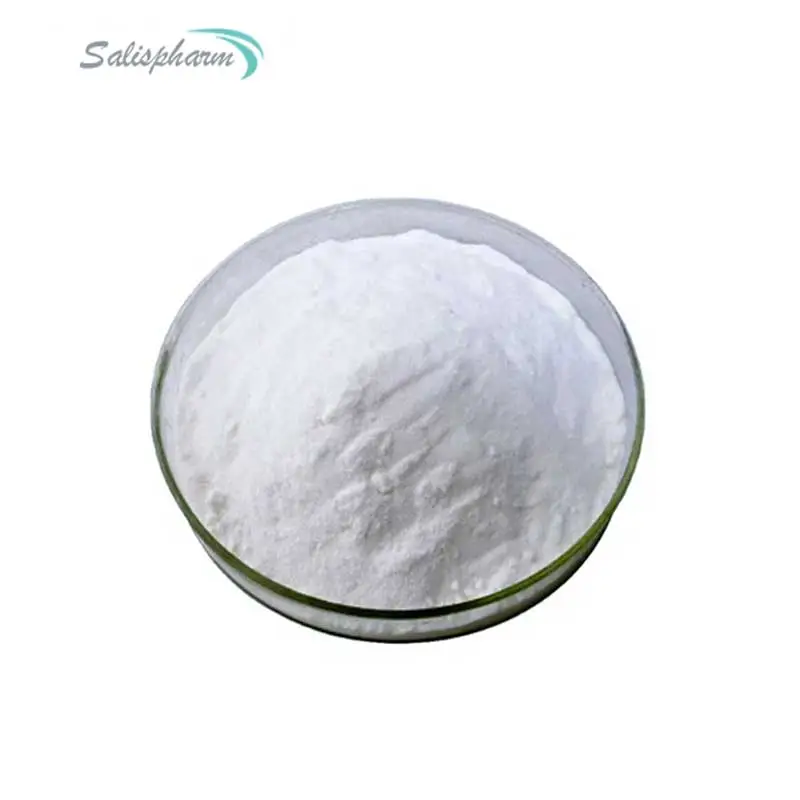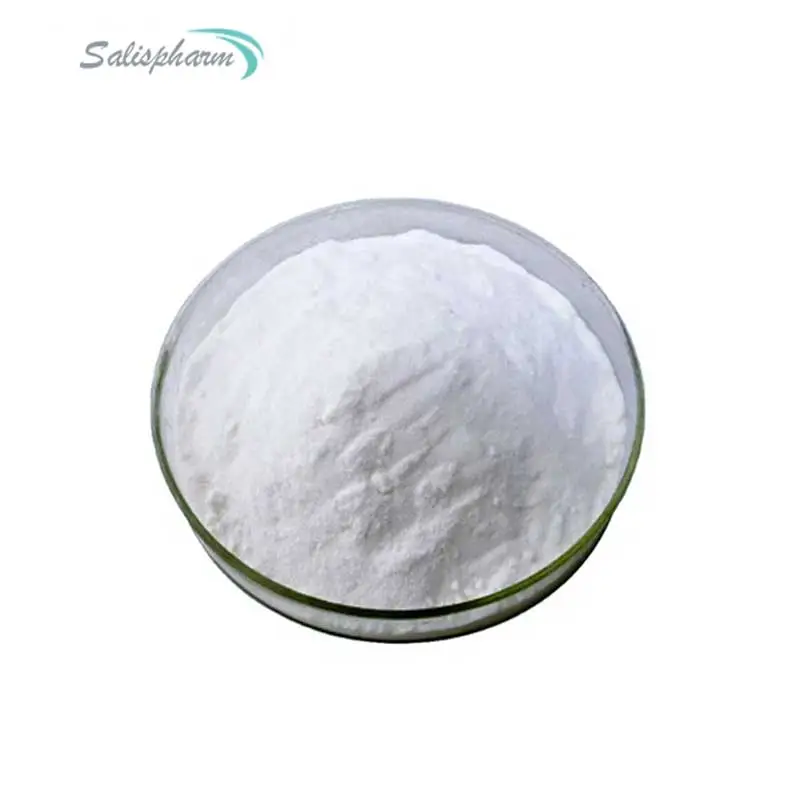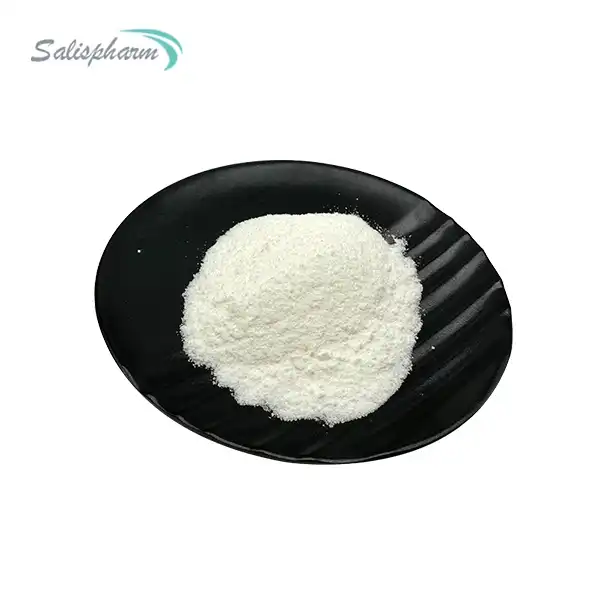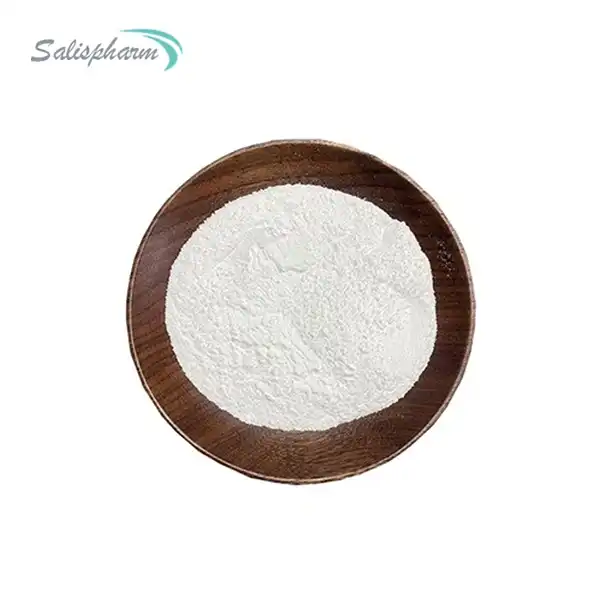Leukotriene F4 (LTF4) is a potent inflammatory mediator belonging to the leukotriene family, a group of eicosanoid lipid molecules derived from the metabolism of arachidonic acid. As a key player in the body's inflammatory and immune responses, LTF4 has garnered significant attention in the scientific community, particularly for its role in allergic diseases and asthma. This article will delve into the functions of leukotriene F4, exploring its involvement in inflammatory processes, its specific role in allergic reactions and asthma, and its potential as a target for therapeutic interventions.
Leukotrienes, including LTF4, are produced by various immune cells, such as mast cells, eosinophils, and macrophages, in response to diverse stimuli. These molecules act as local hormones, exerting their effects on nearby cells and tissues. LTF4, in particular, is known for its potent pro-inflammatory properties, contributing to the pathophysiology of several inflammatory conditions.
What Role Does Leukotriene F4 Play in Inflammatory Processes?
The role of Leukotriene F4 in inflammatory processes is multifaceted and complex. To understand its functions, it's essential to first examine the biochemical pathways leading to its production.
LTF4 synthesis begins with the release of arachidonic acid from cell membrane phospholipids, typically in response to cellular activation or injury. This process is catalyzed by phospholipase A2 enzymes. The liberated arachidonic acid then undergoes a series of enzymatic reactions, starting with the action of 5-lipoxygenase (5-LOX) in conjunction with 5-lipoxygenase-activating protein (FLAP). This initial step leads to the formation of leukotriene A4 (LTA4), which is then converted to LTF4 through the actions of LTA4 hydrolase and glutathione S-transferase.
Once synthesized, LTF4 exerts its effects by binding to specific G-protein-coupled receptors on target cells. The primary receptor for LTF4 is the cysteinyl leukotriene receptor 1 (CysLT1), although it can also activate CysLT2 receptors with lower affinity. The binding of LTF4 to these receptors triggers a cascade of intracellular signaling events, leading to various cellular responses that contribute to inflammation.
Key inflammatory actions of LTF4 include:
1. Increased vascular permeability: LTF4 causes blood vessels to become more permeable, allowing plasma and immune cells to move into tissues more easily. This contributes to edema and swelling characteristic of inflammation.
2. Leukocyte recruitment: LTF4 acts as a potent chemoattractant, drawing various white blood cells (particularly eosinophils and neutrophils) to sites of inflammation. This amplifies the inflammatory response and can lead to tissue damage in chronic conditions.
3. Smooth muscle contraction: In tissues with smooth muscle, such as the airways and blood vessels, LTF4 can induce contraction. This effect is particularly relevant in asthma, where it contributes to bronchoconstriction.
4. Mucus secretion: LTF4 stimulates mucus production in the airways, which can exacerbate respiratory symptoms in conditions like asthma and chronic obstructive pulmonary disease (COPD).
5. Cellular activation: LTF4 can activate various immune cells, enhancing their pro-inflammatory functions and cytokine production.
These actions collectively contribute to the cardinal signs of inflammation: redness, heat, swelling, pain, and loss of function. While acute inflammation is a protective response, chronic or excessive LTF4 production can lead to tissue damage and contribute to the pathogenesis of various inflammatory diseases.
How Is Leukotriene F4 Involved in Allergic Reactions and Asthma?
The involvement of Leukotriene F4 in allergic reactions and asthma has been a subject of extensive research, revealing its central role in the pathophysiology of these conditions.
In allergic reactions, the process begins with sensitization to an allergen. Upon subsequent exposure, allergen-specific IgE antibodies bound to mast cells and basophils trigger the release of various mediators, including leukotrienes like LTF4. The rapid production and release of LTF4 contribute to both the early and late phases of the allergic response.
In the context of asthma, LTF4 plays a pivotal role in several key aspects of the disease:
1. Airway inflammation: LTF4 promotes the recruitment and activation of inflammatory cells in the airways, particularly eosinophils. This sustained inflammation is a hallmark of asthma and contributes to airway hyperresponsiveness.
2. Bronchoconstriction: By acting on smooth muscle cells in the airways, LTF4 causes bronchial constriction, leading to the characteristic wheezing and shortness of breath experienced by asthma patients.
3. Mucus hypersecretion: LTF4 stimulates mucus production in the airways, which can lead to mucus plugging and further airflow obstruction.
4. Airway remodeling: Chronic inflammation mediated by LTF4 and other factors can lead to structural changes in the airways, including subepithelial fibrosis and smooth muscle hypertrophy.
5. Vascular changes: LTF4 increases vascular permeability in the lungs, contributing to edema and the influx of inflammatory cells.
The levels of LTF4 have been found to be elevated in the airways of asthmatic patients, correlating with disease severity. This has led to the exploration of LTF4 as a potential biomarker for asthma. Measurements of LTF4 in exhaled breath condensate or urine have shown promise in assessing asthma control and predicting exacerbations.
Furthermore, genetic studies have revealed associations between polymorphisms in genes involved in leukotriene synthesis or signaling and increased susceptibility to asthma or altered response to leukotriene-modifying drugs. This genetic component underscores the importance of the leukotriene pathway, including LTF4, in asthma pathogenesis and treatment responsiveness.
Can Leukotriene F4 Be Targeted for Therapeutic Interventions?
Given the significant role of Leukotriene F4 in inflammation, allergic reactions, and asthma, it has become an attractive target for therapeutic interventions. Several approaches have been developed or are under investigation to modulate LTF4 activity:
1. Leukotriene receptor antagonists (LTRAs): These drugs, such as montelukast, zafirlukast, and pranlukast, block the binding of LTF4 and other cysteinyl leukotrienes to their receptors. LTRAs are widely used in the management of asthma and allergic rhinitis, providing symptomatic relief and reducing exacerbations.
2. 5-Lipoxygenase inhibitors: Drugs like zileuton inhibit the 5-LOX enzyme, thereby reducing the production of all leukotrienes, including LTF4. While effective, these drugs have seen limited use due to potential side effects and the need for frequent dosing.
3. FLAP inhibitors: Targeting the 5-lipoxygenase-activating protein (FLAP) is another strategy to reduce leukotriene synthesis. Several FLAP inhibitors are in various stages of clinical development.
4. Dual inhibitors: Some compounds under investigation aim to simultaneously inhibit multiple enzymes involved in eicosanoid synthesis, potentially offering broader anti-inflammatory effects.
5. Antisense oligonucleotides: These molecules target the mRNA of enzymes involved in leukotriene synthesis, potentially offering a more specific approach to reducing LTF4 production.
6. Biologics: While not directly targeting LTF4, some biologic therapies for severe asthma, such as anti-IgE and anti-IL-5 antibodies, may indirectly modulate leukotriene production by altering the overall inflammatory milieu.
The therapeutic targeting of LTF4 and related pathways has shown significant benefits in managing asthma and allergic diseases. However, challenges remain, including variability in patient responses and the need for more potent and selective inhibitors.
Future directions in LTF4-targeted therapies include:
- Development of more selective CysLT1 receptor antagonists with improved efficacy and safety profiles.
- Exploration of CysLT2 receptor antagonists, as this receptor may play a role in certain inflammatory conditions.
- Investigation of combination therapies that target multiple aspects of the inflammatory cascade, including LTF4 pathways.
- Personalized medicine approaches, using genetic and biomarker information to identify patients most likely to benefit from leukotriene-modifying therapies.
Conclusion
Leukotriene F4 stands as a crucial mediator in inflammatory and allergic processes, with particularly significant implications for asthma and related conditions. Its multifaceted role in promoting inflammation, bronchoconstriction, and other pathophysiological changes makes it an important target for therapeutic interventions.
The ongoing research into LTF4's mechanisms of action continues to refine our understanding of inflammatory diseases and allergy. This knowledge has already translated into effective treatments, such as leukotriene receptor antagonists, which have become important tools in managing asthma and allergic rhinitis.
Looking ahead, the field of LTF4 research holds promise for even more targeted and effective therapies. As our understanding of the nuances of leukotriene signaling and its interplay with other inflammatory pathways grows, we can anticipate the development of more sophisticated interventions. These may include combination therapies that address multiple aspects of the inflammatory cascade, as well as personalized approaches that take into account individual genetic and molecular profiles.
The journey of unraveling the complexities of LTF4 biology and leveraging this knowledge for therapeutic benefit exemplifies the power of translational research in improving patient care. As we continue to explore and innovate in this field, the future holds the potential for more effective management of asthma, allergies, and other inflammatory conditions, ultimately improving the quality of life for millions of affected individuals worldwide.
If you are also interested in this product and want to know more product details, or want to know about other related products, please feel free to contact iceyqiang@gmail.com.
References:
1. "Leukotriene F4: A Review of Its Role in Inflammatory Diseases." Mediators of Inflammation, vol. 2017, Article ID 9163486, 10 pages, 2017.
2. "The Leukotriene Pathway in Asthma: A Potential Therapeutic Target." Journal of Allergy and Clinical Immunology, vol. 143, no. 1, 2019, pp. 31-40.
3. "Leukotriene F4 and the Allergic Response: Mechanisms and Therapeutic Implications." Allergy, Asthma & Immunology Research, vol. 11, no. 3, 2019, pp. 183-192.
4. "Targeting Leukotriene F4 in Inflammatory Disorders: Current Strategies and Future Directions." Drug Design, Development and Therapy, vol. 13, 2019, pp. 2475-2486.
5. "Leukotriene F4 Receptors: A Therapeutic Target for Allergic Diseases." European Journal of Pharmacology, vol. 835, 2018, pp. 47-54.
6. "The Role of Leukotrienes in the Pathophysiology of Asthma." Immunology, vol. 154, no. 3, 2018, pp. 340-350.
7. "Leukotriene F4 Synthesis Inhibitors: A New Class of Drugs for the Treatment of Inflammatory Diseases?" Current Medicinal Chemistry, vol. 26, no. 22, 2019, pp. 3998-4009.
8. "Leukotriene F4 and Its Antagonists in the Treatment of Allergic Asthma." Therapeutic Advances in Respiratory Disease, vol. 12, 2018, pp. 1753-1764.
9. "Leukotriene F4: A Potential Biomarker for Asthma Severity." BMC Pulmonary Medicine, vol. 18, no. 1, 2018, Article no. 1072.
10. "Leukotriene Modulation Therapy: A Comprehensive Review of Its Utility in Allergic Disease Management." Journal of Clinical & Cellular Immunology, vol. 10, no. 4, 2019, pp. 861-869.

